When considering a backup power supply for use during a power outage or emergency, you may feel overwhelmed by the many options available. It’s essential to recognize that investing in this type of equipment requires careful thought about what to prioritize in your decision-making. Remember, there is no one-size-fits-all solution; your choice will depend on your specific needs and budget.
Whether you're preparing for emergencies, planning an off-grid adventure, or needing to power tools at a job site, this guide outlines the key factors to help you make an informed decision. Let’s explore how to find the best backup power supply for your situation, this guide breaks down the key factors to keep it as simple as possible, let’s dive in and find out what is your best choice!
1. How to define your needs
Your situation will determine whether you need a lightweight unit for mobility or a heavy-duty station for sustained power. To clarify your needs, the best approach is to list all of your electronic appliances. This will help you estimate the battery capacity and power output to align with your requirements and budget.
Once you have listed all the equipment you want to keep powered during a grid outage, you can calculate the necessary capacity and power output by considering these four terms:
- Watts(W)
- Watt hours(Wh)
- Volts(V)
- Amps(A)
Watts indicate the amount of electricity your appliances consume, and you can usually find this information on the product itself. For example, a light bulb may have a label that shows it uses 9 watts. This means that when you plug the bulb into a lamp and turn the lamp on, it will draw 9 watts of electricity.

Different appliances consume varying amounts of power. For instance, a refrigerator might consume 80 watts while running steadily, whereas a heat gun can use up to 1,800 watts. This brings us to the next important term: watt-hour (Wh).
Watt-hours is a measure of electrical energy calculated by multiplying watts by hours (Watts x Hours = Watt-hours). It indicates how much electrical energy is consumed and how much power capacity a battery can store.
With these two concepts in mind, you can determine how long a power station can run your appliances.
Let's take the Mega 1 as an example. The Mega 1 has a capacity of 1024Wh. If you want to power a light bulb that uses 10 watts, you would divide the capacity (1024Wh) by the power consumption of the light bulb (10 watts). This calculation shows that the light bulb would run for 102.4 hours when plugged into the Mega 1.

In conclusion, watt hours (Wh) are related to battery capacity, which determines how long a battery can power your devices. To calculate how long a power station can run your appliances, divide the station’s capacity by the power output of the devices you wish to power.
Keep in mind that power stations are not 100% efficient; on average, they operate at about 85% efficiency. This means some energy is maintained for better longevity.
Watts (W) refer to power output, and two related terms are volts (V) and amps (A). The relationship between these terms is described by the formula: Watts = Volts x Amps (W = V x A).

In North America, standard wall sockets provide 120 volts (V). If you check your electrical panel, you'll see various numbers like 15 or 20 on the switches, indicating the maximum number of amps (A) that can flow through that particular circuit.
Using the equation [Watts = Volts x Amps], you can determine that a wall socket can output 120V * 20A = 2400W. Therefore, you should only plug in devices that collectively draw no more than 2400 watts.
Knowing how to calculate the wattage of your devices allows you to use these simple formulas to determine your needs and choose the right OUPES power station for yourself.
2. Calculate Your Power Needs
To begin with, make a list of all your essential appliances and note their wattage. For the most basic needs, you'll require a refrigerator to store your food, a router for communication, and some LED lights to illuminate your space at night.

Assuming most power outages are around 6-8 hours in your area, all you have to do is multiply each device’s watts by hours of use.

In this case, Mega 1 would be an excellent choice. The Mega 1 is equipped with a substantial 1024Wh battery capacity, enabling you to charge and operate multiple devices simultaneously, including smartphones, tablets, refrigerators, and more. This capacity is sufficient to power basic appliances (such as refrigerators, Wi-Fi routers, and LED lights) for over six hours while still having enough power left for backup and longevity.
It's important to note that we do not recommend depleting the battery to 0% every time, except during the initial use or emergencies. Keeping the battery charged between 15% and 20% will significantly extend its lifespan.
Once you understand how to assess your power needs, you will be better equipped to interpret the specifications and determine which option is right for you.
The Mega 1
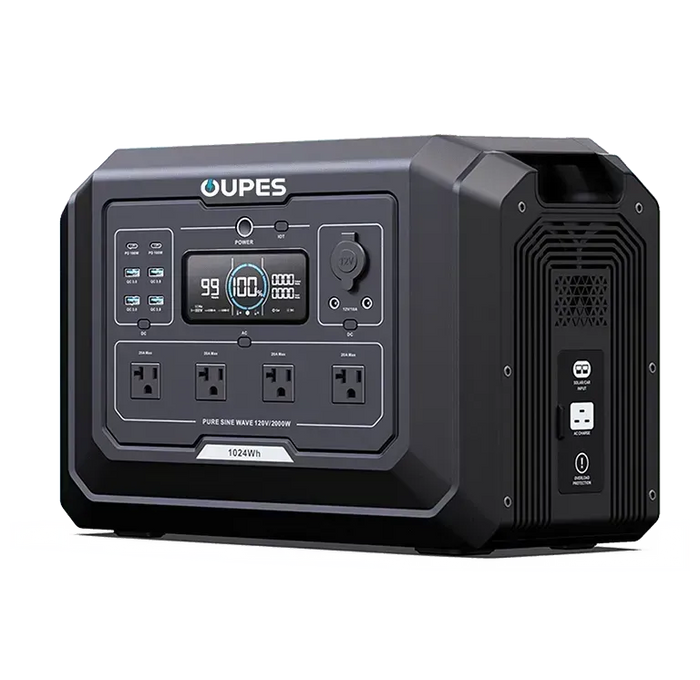
The Mega 1 eatures a continuous power output of 2000W and a surge power of 4500W, making it suitable for devices with high wattage requirements. For instance, a microwave that consumes 1200W needs a power station rated at least 1500W to manage startup surges effectively. With its 2000W output and 4500W surge capacity, the Mega 1 can easily handle such demands. Priced at around $400, it is an affordable and portable option from OUPES.
Specifications
- Capacity: 1024Wh up to 5.12kWh with 2*B2 extra battery
- Weight: 27.8 lbs (12.6kg)
- Dimensions: 15.1 x 9.1 x 11.6 inches (38.4 x 23.2 x 29.5 centimeters)
- Battery Type: LFP
- Battery Life Cycle: 3500 cycles to 80+ capacity for at least 10 years
- AC Outlet Charging Time: 1.3 hours
- Solar Panel Charging Time: 2.2 hours
- AC + Solar Dual Charging Time: 1 hour
Pros
- Affordable price
- An efficient power inverter with excellent surge protection
- 1024Wh deep cycle battery means sufficient backup for outages
- Backed by a 5+1 year warranty
Cons
- The internal fan can be noisy as it’s small but powerful.
The Mega 2
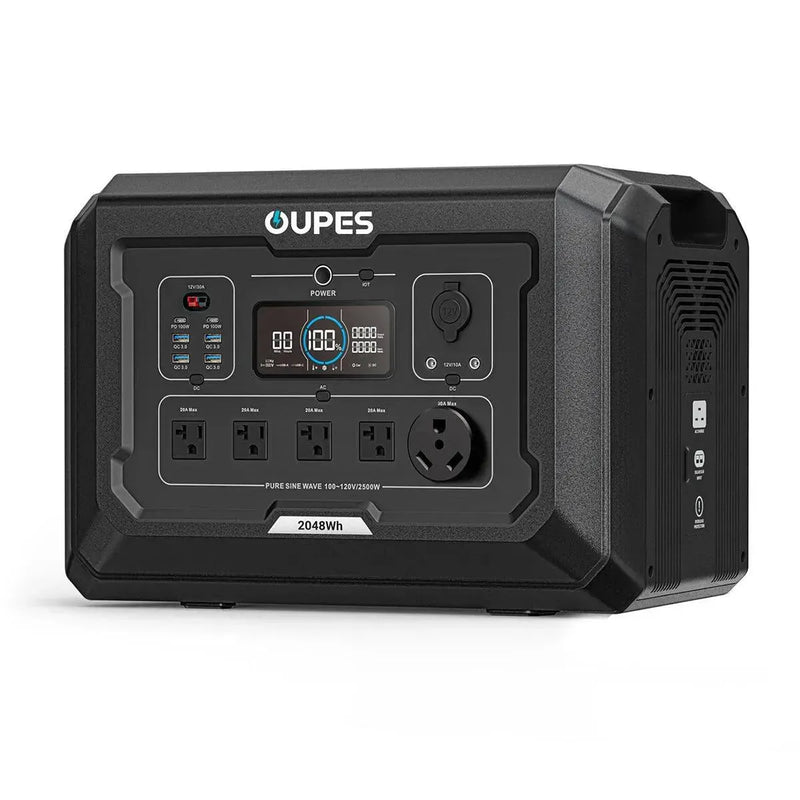
If you are facing extended blackouts or require additional power capacity for multiple devices, and you have a larger budget, the Mega 2 is an excellent option. It offers a capacity of 2048Wh, a power output of 2500W, and a surge power of 5400W. This makes it powerful enough to provide reliable energy for more devices during prolonged power outages.
Specifications
- Capacity: 2048Wh up to 10.24kWh with 4*B2 extra battery
- Weight: 48.5 lbs (22kg)
- Dimensions: 18.1 x 10.6 x 12.0 inches (46 x 27 x 30.5 centimeters)
- Battery Type: LFP
- Battery Life Cycle: 3500 cycles to 80+ capacity for at least 10 years
- AC Outlet Charging Time: 1.3 hours
- Solar Panel Charging Time: 1.3 hours
- AC + Solar Dual Charging Time: 0.6 hour
Pros
- More available output options to charge all your home electronic devices
- Strong power output and battery capacity that can run large appliances
- Fast dual-charging capability
- Bluetooth and WiFi connectivity enables remote control
- Affordable price and 5+1 year warranty
Cons
- Slightly heavier than the Mega 1
The Mega 3
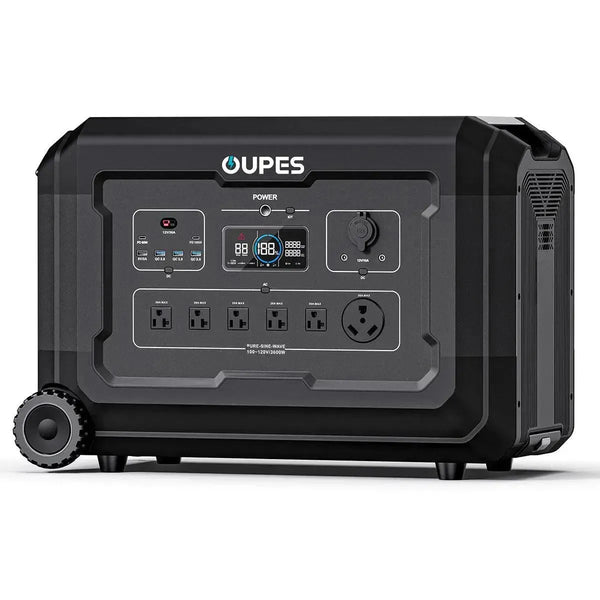
With an impressive 3072Wh capacity, the Mega 3 is a powerful option for powering your entire home. This power station is ideal for running appliances such as your refrigerator, heater, TV, and desktop computer.
Specifications
- Capacity: 3072Wh up to 15.36kWh with 6*B2 extra battery
- Weight: 83.3 lbs (37.8kg)
- Dimensions: 25.2 x 11.9 x 17.2 inches (64.1 x 30.4 x 43.7 centimeters)
- Battery Type: LFP
- Battery Life Cycle: 3500 cycles to 80+ capacity for at least 10 years
- AC Outlet Charging Time: 1.7 hours
- Solar Panel Charging Time: 1.5 hours
- AC + Solar Dual Charging Time: 0.8 hour
Pros
- A large battery and inverter capacity supplies the entire house with energy
- Bluetooth and WiFi connectivity enables remote control
- Fast recharging for areas with frequent outages
Cons
- Quite heavy — but still maintain portable with wheels and handle
The Mega 5
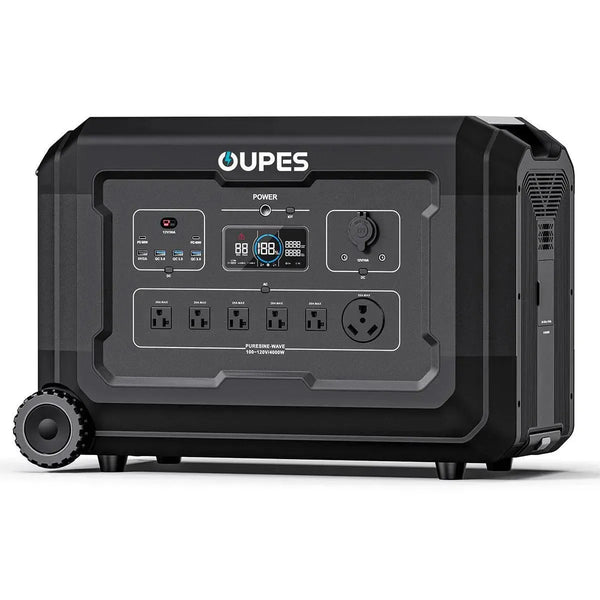
Finally, introducing the Mega 5, our Ultimate Backup System with a 5040Wh capacity and the highest expandability in the Mega series. It serves as an energy fortress for whole home survival.
Specifications
- Capacity: 5040Wh up to 45.36kWh with 8*B5 extra battery
- Weight: 112.4 lbs (51kg)
- Dimensions: 25.2 x 11.9 x 17.2 inches (64.1 x 30.4 x 43.7 centimeters)
- Battery Type: LFP
- Battery Life Cycle: 3500 cycles to 80+ capacity for at least 10 years
- AC Outlet Charging Time: 2.8 hours
- Solar Panel Charging Time: 2.4 hours
- AC + Solar Dual Charging Time: 1.3 hour
Pros
- Huge battery capacity and expandability for whole home power supply
- Bluetooth and WiFi connectivity enables remote control for your solar system
- Fast recharging for areas with frequent outages
Cons
- Very heavy — not ideal for taking up and down the stairs if you expect to move it often
3. Power Station Type
Let's move forward and discuss the next important consideration when choosing a power station: battery chemistry.
There are several types of battery chemistries used in portable power stations, but the two most common are Lithium/Ion and Lithium Iron Phosphate, often referred to as LFP or LiFePO4. Each has its advantages and disadvantages. Lithium-ion batteries have a higher energy density, which makes power stations using this chemistry typically lighter and more compact compared to those with LFP batteries.
However, LFP batteries present a compelling reason to be the better choice: on average, the usable service life of an LFP battery is about six times longer than that of a Lithium-ion battery. The service life or charge cycle refers to how many times you can fully charge and discharge the battery while still retaining at least 80% of its original capacity.
All OUPES products are equipped with LFP battery cells, which can last over 10 years and endure up to 3,500 charge cycles while still maintaining 80% of their capacity.
Another significant reason to choose LFP-based power stations is safety. LFP batteries are much less likely to catch fire violently, and their materials are significantly less toxic than those found in Lithium-ion batteries, which contain nickel, manganese, or cobalt. It's important to note that, while LFP batteries can catch fire under rare circumstances, they are more likely to produce smoke rather than a volatile explosion associated with catastrophic failures in Lithium-ion batteries.
4. How to Recharge
The next significant feature to consider is the maximum input power. The AC input indicates the amount of power that can be charged through your wall socket, while the solar input signifies the power that can be obtained from solar panels.
All models in the Mega series support a minimum of 1400W for AC charging, providing an efficient balance of around 1.3 times the power needed to charge from 0% to 100%. Due to the large capacity of the Mega 5, it would take approximately 2.8 hours to fully charge.
AC charge time list of Mega series
| Mega Model | AC Charge Time |
|---|---|
| Mega 1 | 1.3 hours |
| Mega 2 | 1.3 hours |
| Mega 3 | 1.7 hours |
| Mega 5 | 2.8 hours |
To fully charge your power station in a single day of good weather, it's essential to consider the maximum solar input alongside the appropriate capacity and inverter size. The Mega series has a maximum solar input of up to 2100W, which means that even the largest model, the Mega 5, can be fully charged in under 2.5 hours under optimal conditions.
Solar charge time list of Mega series
| Mega Model | Solar Charge Time |
|---|---|
| Mega 1 | 2.2 hours |
| Mega 2 | 1.7 hours |
| Mega 3 | 1.5 hours |
| Mega 5 | 2.4 hours |
The Mega series also supports dual recharge, allowing simultaneous charging with AC and solar power. With this technology, charging the Mega 5 will take just one and a half hours under optimal conditions.
AC+Solar dual charge time list of Mega series
| Mega Model | AC+Solar Charge Time |
|---|---|
| Mega 1 | 1 hour |
| Mega 2 | 0.6 hour |
| Mega 3 | 0.8 hour |
| Mega 5 | 1.3 hours |
5. Other Features
The Mega series offers a variety of features you may find useful, including App control and Emergency Power Supply (EPS) functions. By downloading our Cleanergy app, you can monitor battery levels remotely, control outlets, and switch between different modes such as Bluetooth or Wi-Fi connectivity.
The EPS function allows you to connect the power station to a wall socket and then plug in your appliances, such as a desktop computer or TV. Power from the grid flows through the power station directly to your devices.
In the event of a grid outage, the power supply from the grid is cut off, and the system quickly switches from grid power to battery power. The Mega series is capable of making this switch in under 20 milliseconds.
6. Warranty
Let's discuss your priorities when choosing a power station, particularly warranty, as it reflects the manufacturer's confidence in product durability. The OUPES Power Station comes with a 5-year warranty from the date of delivery to the original purchaser, and no registration is required. However, if you register as an OUPES member, you'll receive an additional year of warranty, totaling 6 years.
By considering these factors and aligning them with your needs, you can find a reliable and future-proof power station. Stay powered, wherever life takes you!






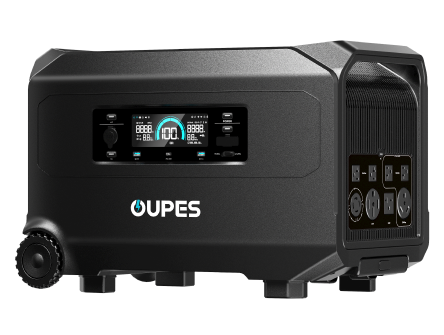
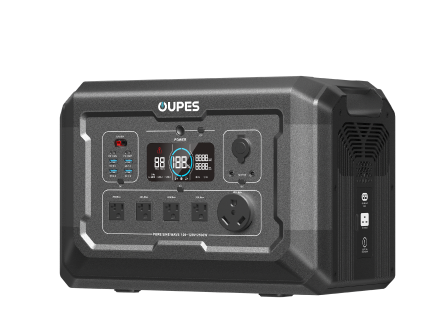
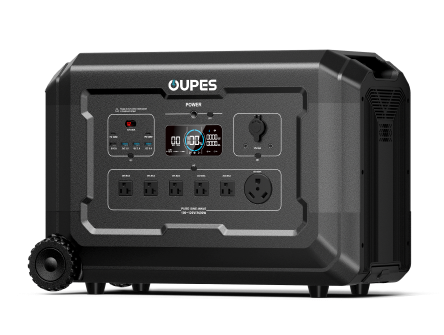
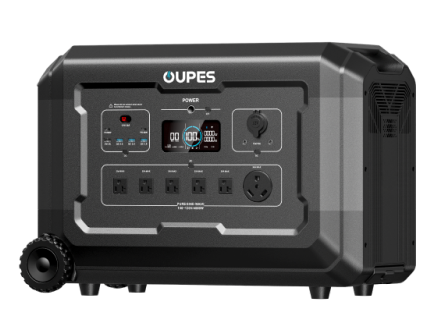
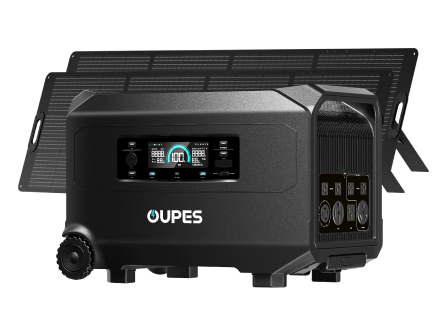

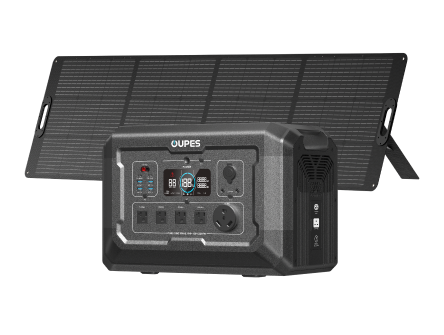


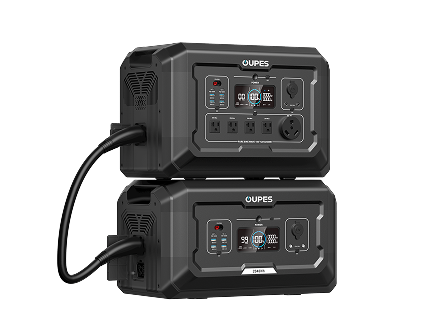

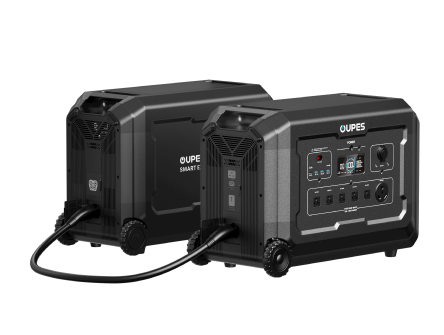
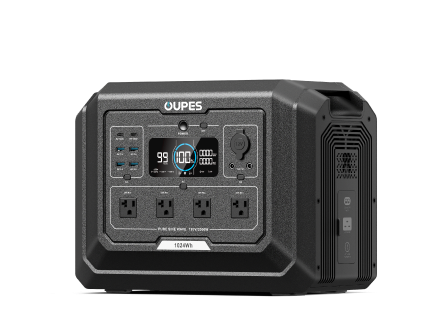
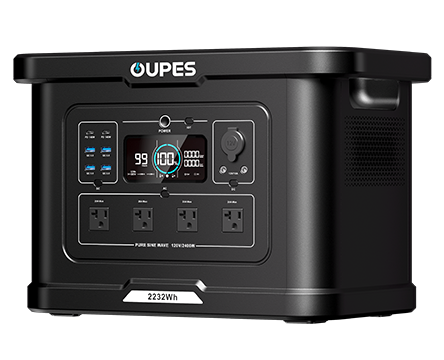

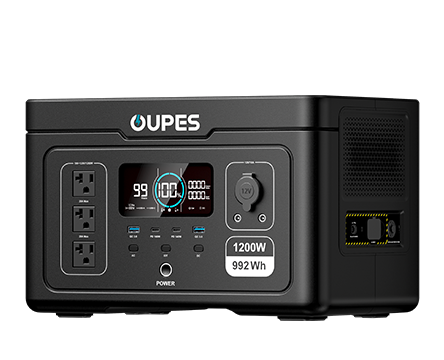
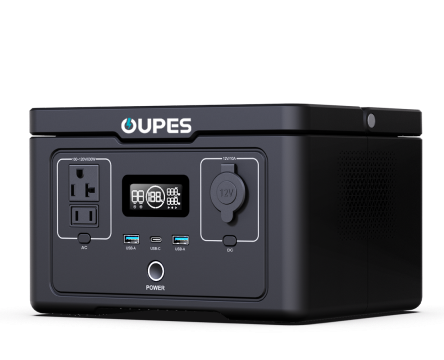
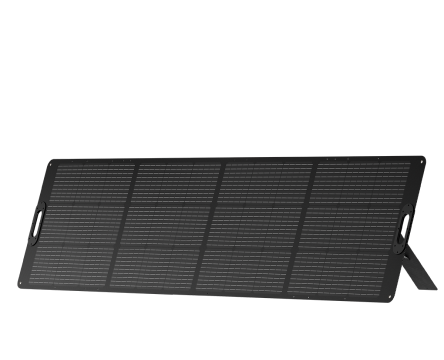
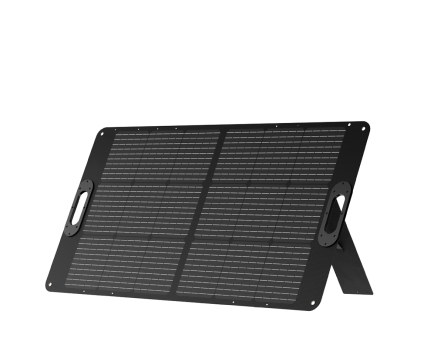
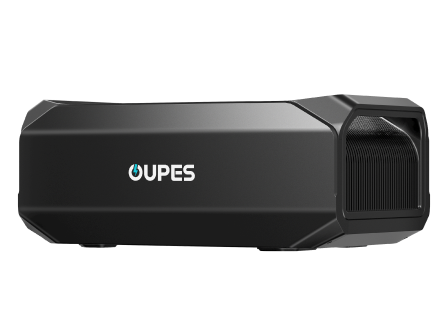

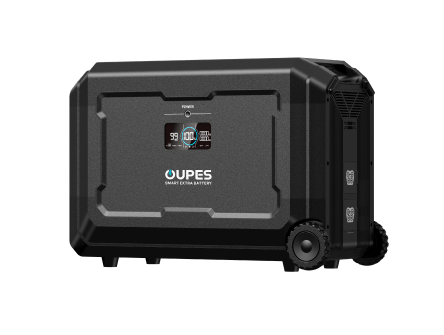
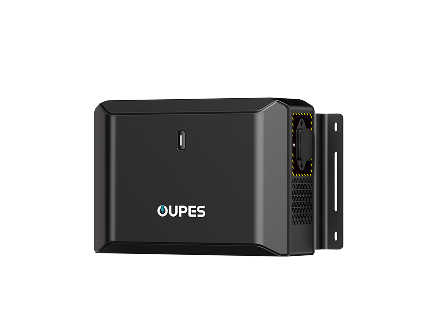
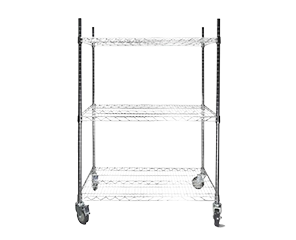
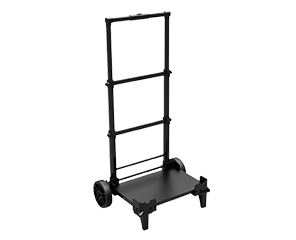
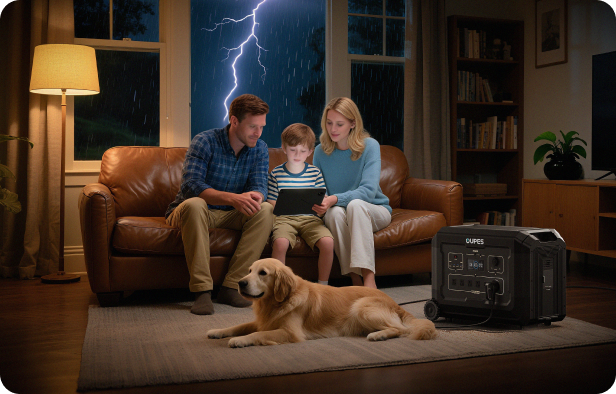
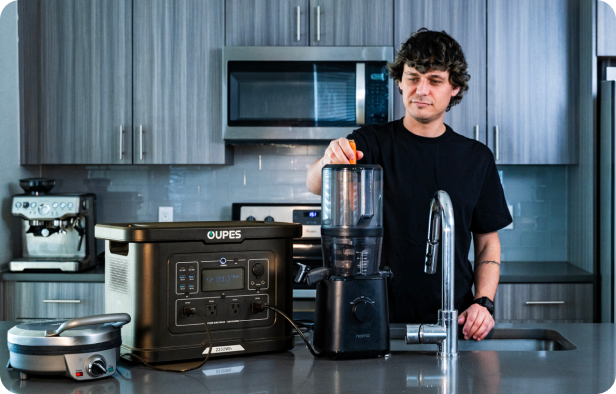
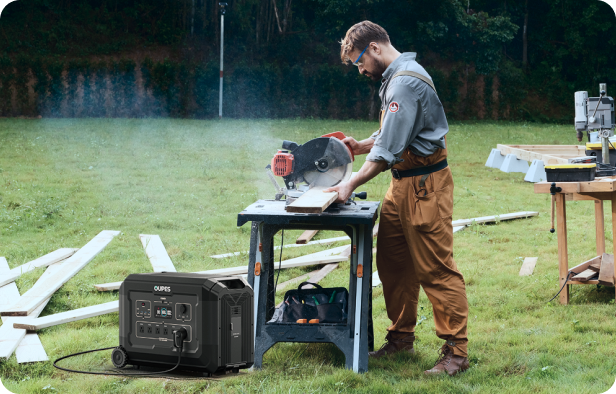
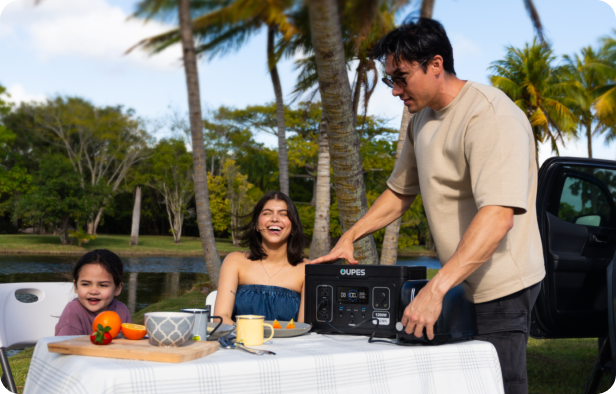


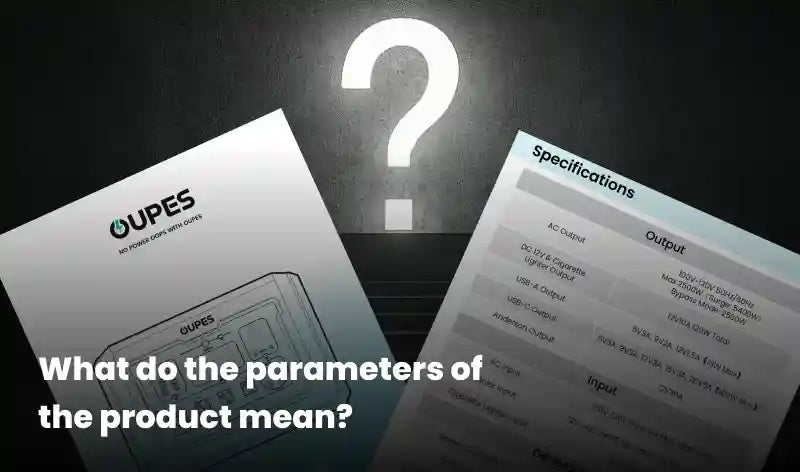
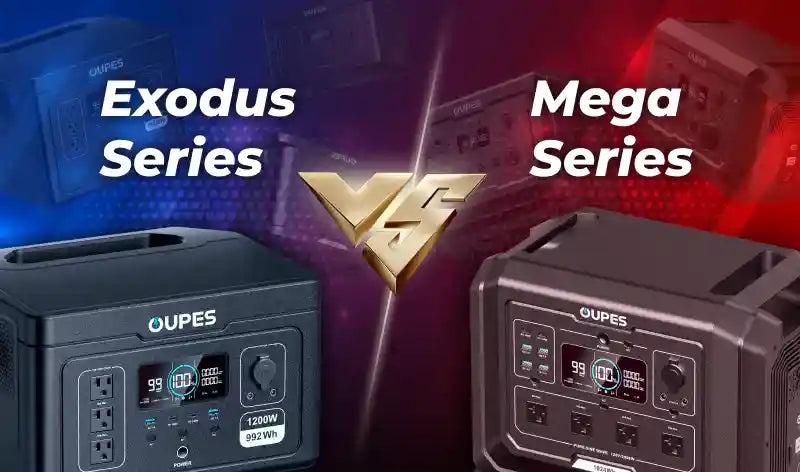
Leave a comment
This site is protected by hCaptcha and the hCaptcha Privacy Policy and Terms of Service apply.